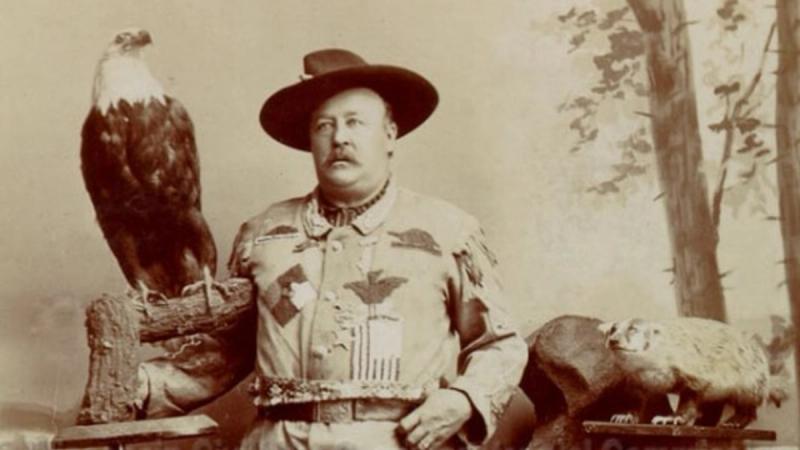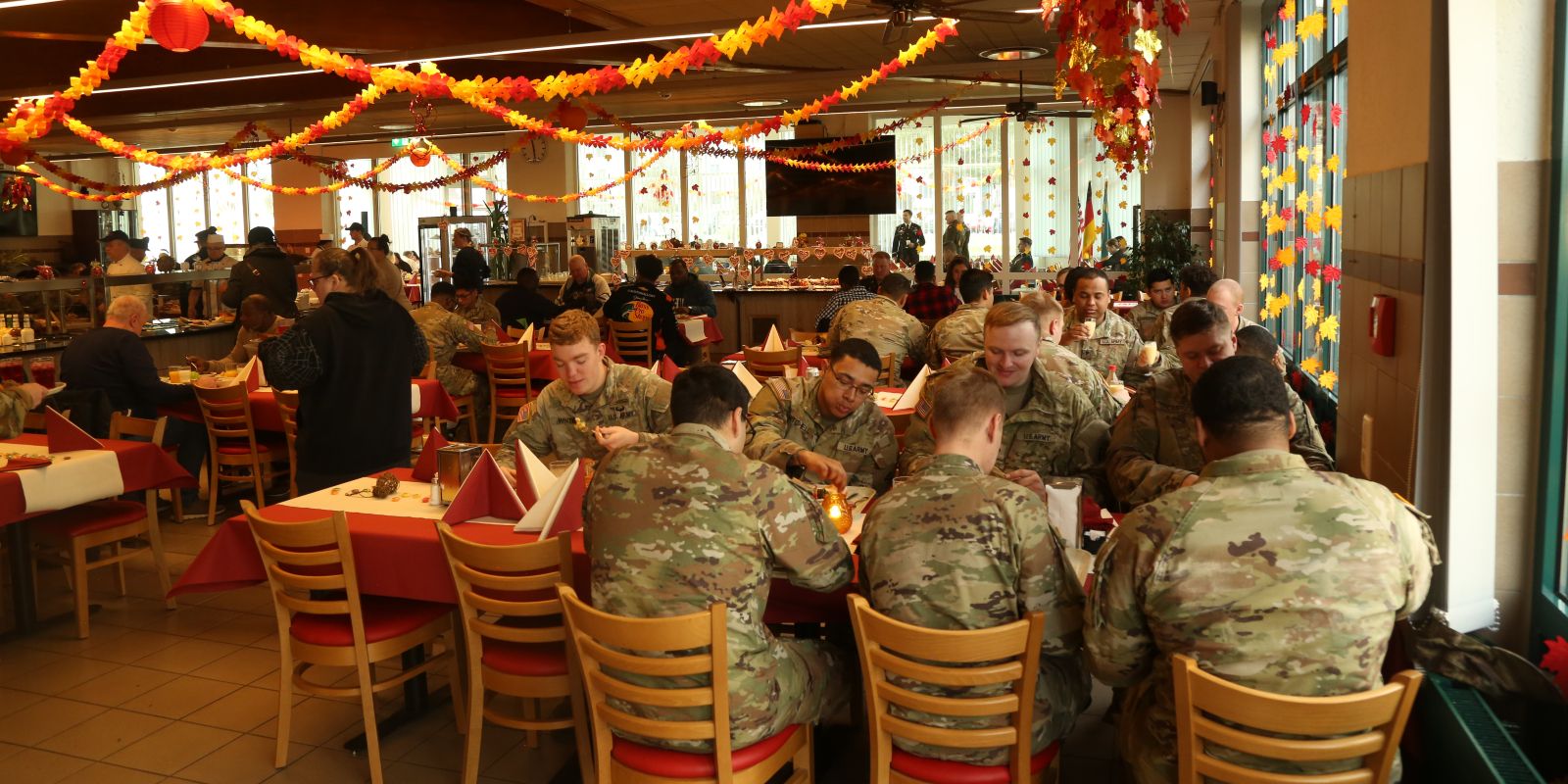OLD ABE: THE WAR EAGLE WHO MADE HISTORY IN WISCONSIN

ADVERTISEMENT
Have you ever seen a bald eagle up close? There’s something commanding about them — that fierce, unblinking stare that seems to say, “I’m in charge here.” It’s the kind of look that can make even a general stand a little straighter.
Now picture this: a bald eagle perched high, shrieking over the roar of cannon fire as Soldiers march into battle. It sounds like a scene straight out of a cartoon — but it really happened.
This isn’t fiction. There was once a real bald eagle who went to war, earning fame and admiration as one of the most iconic figures in American military history. His name was Old Abe.
How Did Old Abe Become a Fighter?
When the Civil War erupted in 1861, the remarkable story of Old Abe began deep in the northern wilderness of Wisconsin. At the time, he was just a bald eagle chick, captured by a Native American—the son of a chief from the Lake Flambeau Band of the Chippewa Tribe—near the headwaters of the Chippewa River.
Soon after, the young eagle was traded to a local farmer named Daniel McCann in exchange for a bushel of corn. Looking back, it was one of the most legendary trades in history.
Now the proud owner of a bald eagle, McCann saw an opportunity. A company of volunteers from Eau Claire County was gathering recruits for Company C of the 8th Wisconsin Infantry Regiment, and McCann figured the eagle could be just what they needed to stand out.
So, he sold the bird to Captain S. M. Jeffers for $2.50. The Soldiers quickly adopted their new mascot and named him Old Abe, in honor of President Abraham Lincoln.

Nobody Prepared You for Military Life
But we can help. Join over 100k spouses already getting the specific advice, resources, and military tea they need to thrive.
Soldiers Marching With a Bald Eagle
It didn’t take long for the men to realize that they had brought in a demanding comrade, because Old Abe was loud and had no patience for being ignored.
You see, most regiments carried flags into battle, but the 8th Wisconsin Volunteer Infantry Regiment marched with a live bald eagle. They built him a special wooden perch that could be carried beside the color guard.
Old Abe’s handler, James McGinnis, first of the 6 bearers, would stand next to the flag bearer while the other held the perch upright. And yes, that is how special Old Abe was. He would spread his wings, screech at the top of his lungs, and flap wildly whenever gunfire erupted. It’s as if he were commanding the troop himself.
Old Abe also flew through 36 battles, including the Siege of Corinth, the Battle of Vicksburg, and the Battle of Memphis, accompanying his comrades.
After the Siege of Corinth, Old Abe was treated unfairly, with his tail and wing feathers cropped to prevent him from flying away. David McClane, who was tasked with carrying Old Abe, was disgusted by this and resigned his post.
Soon, the duty was passed to Edward Homaston of Eau Claire, and Old Abe’s friendship with Homaston strengthened.
Old Abe Became a Celebrity
When the war finally ended, Old Abe returned home a true hero. He had survived fierce battles and lifted the spirits of countless Soldiers along the way. What other animal could do that? Only Old Abe. The proud 8th Wisconsin even earned the nickname “The Eagle Regiment” in his honor.
In the years that followed, Old Abe became a national sensation. He was paraded through towns, featured at Veterans’ reunions, and even made special appearances at state fairs. People traveled from miles around just to see the famous war eagle for themselves. But fame hadn’t softened him — Old Abe still had a fiery side. He’d screech loudly during speeches, fix people with his piercing eyes, and glare at anyone who dared get too close.
Eventually, Old Abe retired to a custom-built aviary inside the Wisconsin State Capitol. Veterans often visited him there, seeing in the proud old eagle a living symbol of the courage and wild freedom they had once fought to defend.
Old Abe’s Final Flight
Sadly, Old Abe tragically died in 1881 because a fire broke out in the Capitol building where he lived. He was rescued from the flames, but the smoke damaged his lungs, making him not able to survive a few weeks later. The news broke many hearts across the state, so the state held a memorial for him. He was treated not just as a bird, but as a Veteran and a symbol of pride.
His remains were preserved and displayed in the Capitol, but sadly, they were lost in another fire in 1904, making the whole building collapse as well.
Today, you can see Old Abe in many areas, from statues to symbols inspired by him. A replica eagle stands guard at the Wisconsin State Capitol for your viewing pleasure.
Old Abe was not the first animal to serve alongside soldiers, as history is full of horses, dogs, dolphins, and even pigeons. Each of these animals, especially Old Abe, reminded the soldiers why they fought. Today, we honor Old Abe as he proved that the greatest heroes just happen to have feathers.
Read next:
- Sugar, Courage, and Compassion: The Story of the Donut Dollies
- Hearts, Spades, and Fear: The Eerie Story of Vietnam’s Death Cards
- USS Reuben James: The Forgotten First US Navy Vessel Sunk in WWII
Sources:

Veteran, Military History & Culture Writer
BY ALLISON KIRSCHBAUM
Navy Veteran
Allison Kirschbaum is a Navy Veteran and an experienced historian. She has seven years of experience creating compelling digital content across diverse industries, including Military, Defense, History, SaaS, MarTech, FinTech, financial services, insurance, and manufacturing. She brings this expertis...
Credentials
- Navy Veteran
- 7 years experience in digital content creation
- Expertise across Military, Defense, History, SaaS, MarTech, FinTech industries
Expertise



